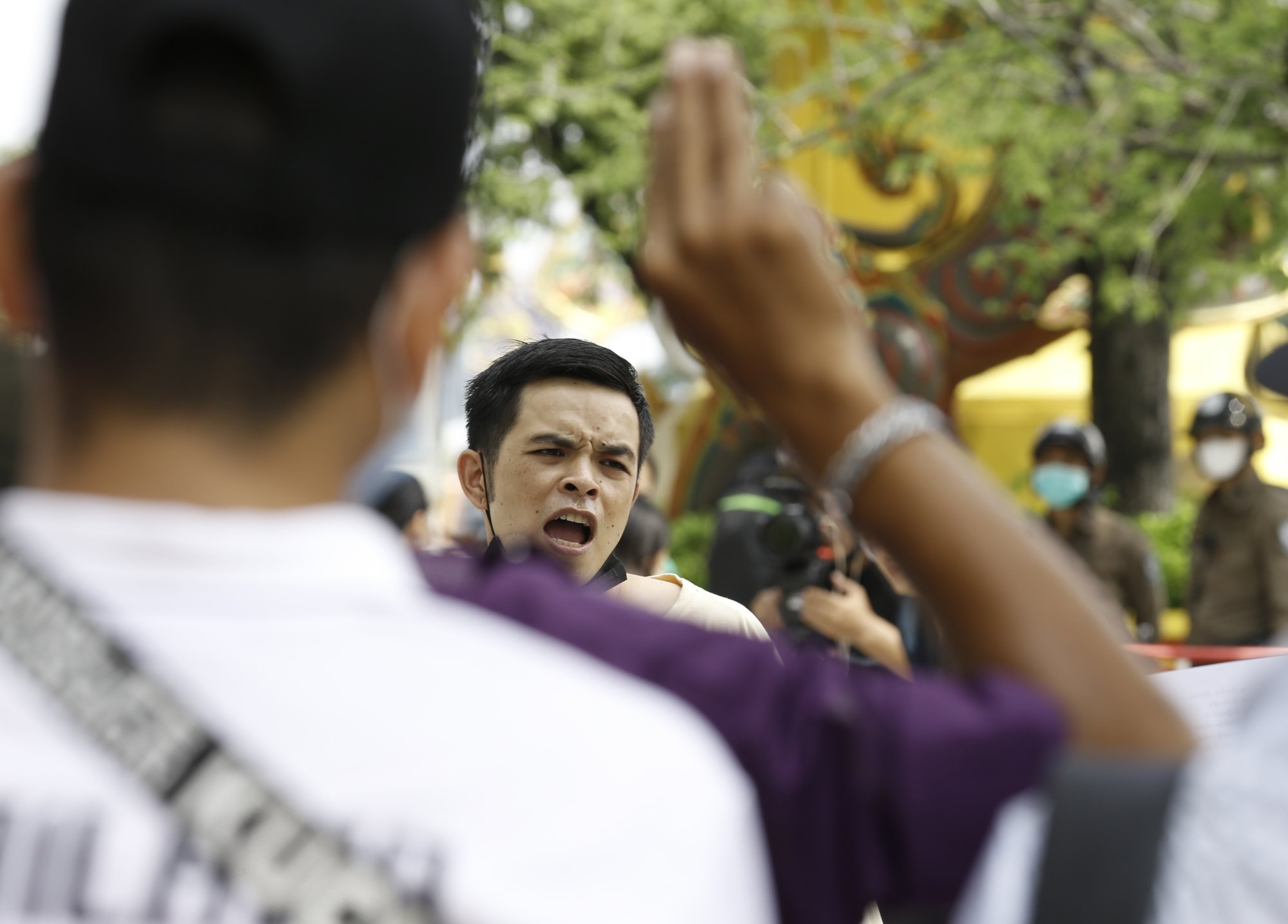
Will China-friendly Laos affect ‘unity in Asean’ over Myanmar crisis, South China Sea?
- As new Asean chair, Vientiane may be ‘susceptible to Chinese pressure’ when dealing with the South China Sea issue, analysts say
- It also faces pressure to reverse Asean’s ‘slow’ response to Myanmar, but a plan involving Indonesia and Malaysia could help it meet the challenge
Myanmar’s ‘little regard’ for Asean on show as it turns to China, India, Russia
Laos last week announced a theme of increased connection and resilience for its Asean chairmanship, which formally begins on January 1.
Fellow Asean members Malaysia, Singapore and current chair Indonesia have backed a limited diplomatic freeze on Myanmar representatives attending some key meetings.
Splits over Myanmar among a bloc that is by custom allergic to public displays of division could widen if Laos does not toughen its stance on the Myanmar crisis, especially as violence against the civilian population intensifies, analysts say.
“How Laos will respond to this crisis will reflect on whether there is still unity in Asean,” said Charles Santiago, a Malaysian lawmaker and chair of Asean Parliamentarians for Human Rights.

Laos will take on the chairmanship of Asean almost three years into Myanmar’s civil war.
Little to no headway has come from the Five-Point Consensus peace plan agreed to by Asean and Myanmar’s military in April 2021 – which observers say has been a huge cause of disappointment for the bloc.
“The level of atrocities being committed in Myanmar has been growing, but Asean’s approach has remained extremely slow and tight-fisted,” Santiago said.
For Asean, it is also essential that Laos does not organise or legitimise separate tracks of diplomacy with Myanmar’s isolated military regime, said Joanne Lin Weiling, Asean Studies Centre co-coordinator at Singapore’s ISEAS–Yusof Ishak Institute.
“Otherwise, Asean will not be seen as being a credible and united grouping,” Lin said.
Thailand’s Myanmar talks a ‘brazen attempt’ to undermine Asean centrality
Singapore, Malaysia and Indonesia did not attend the meeting.
Asean Secretary General Kao Kim Hourn last month played down rifts over Myanmar and said that Laos should not be underestimated in its ability to manage the diplomatic overspill from the turmoil gripping its next-door neighbour.
“There’s no division. It’s very clear,” he said. “There is unity on how Asean has approached Myanmar, and it means that we will continue to engage with Myanmar.”
Laos’ foreign office might not have the capacity or the capabilities to manage something as huge as the Myanmar crisis
Historically, the autocratic Lao People’s Revolutionary Party, which has ruled the country since 1975, has also been a supporter of Myanmar’s military.
Laos, with its own poor human rights record, lack of resources and diplomatic experience, might lack the heft to address the crisis, Santiago added.
“I think Laos’ foreign office might not have the capacity or the capabilities to manage something as huge as the Myanmar crisis,” he said.
Observers say one route through the morass of competing loyalties may be the “troika method”, launched by outgoing chair Jakarta, under which Laos could work on the Myanmar issue alongside outgoing chair Indonesia – and the coming chair Malaysia.
This would ensure the “onus is not entirely on Laos to match Jakarta’s diplomatic capabilities”, said Hunter Marston, a Southeast Asia-focused researcher at the Australian National University.
‘Chinese pressure’
Laos also has one of the closest relationships with China among its Southeast Asian neighbours.
Some academics and experts have referred to Laos as a “client state” of China, with its public and publicly guaranteed debt standing at an estimated 123 per cent of its gross domestic product, more than half of which is owed to its giant neighbour.
Laos faces a challenge to keep its neutrality during its chairmanship of Asean, experts say, an issue which emerged during the tenure of Cambodia, another China-dependent state, during its stint as the rotating chair.
Tensions have flared over the past few months in the South China Sea, particularly between Manila and Beijing.
US, Australia, Japan would join Philippines-China ‘fight’, says analyst
China has overlapping claims with several Southeast Asian nations in the South China Sea. The Southeast Asian claimants, despite some internal differences, reject Beijing’s “nine-dash line” claim to around 90 per cent of the resource-rich waterway.
Laos is likely to view the tensions between China and the Philippines as a bilateral issue, according to experts.
“The South China Sea is not a major point of interest for Laos, so it might be more susceptible to Chinese pressure on this front,” Marston said.
The growing assertiveness of China and the deepening US-China rivalry has put more pressure on Laos “to move towards neutrality”, Lin said, and “increase its reliance on Asean member states and other middle powers”.


